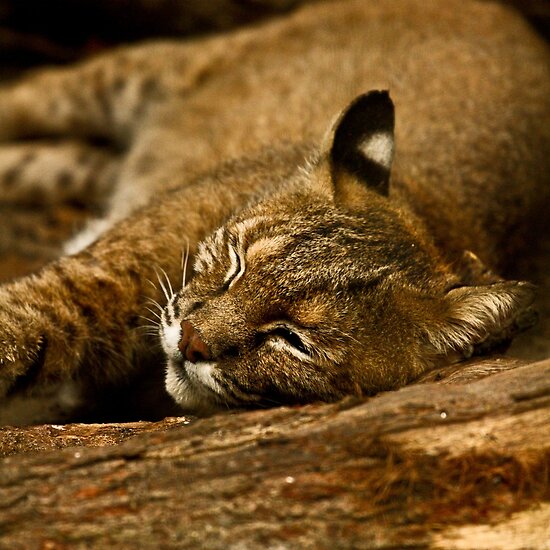
The American Bison (Bison bison) grazes on the Purple Prairie Clover (Petalostemum purpureum). The Bison gains nutrients and the clover is not affected by the grazing, making it commensalism.

The Wooly Loco (Astragalus mollissimus) is a wildflower that is pollinated by the bumblebee (Bombus fervidas). The bee receives nutrients from the flower, making it mutualism.

Cytauxzoon felis is a protozoan blood parasite found in bobcats that feeds off the bobcats who in turn die before their normal life expectancy, making it parasitism.


There is competition between bobcats and coyotes where their ranges overlap, though the coyotes usually dominate in the disagreements.